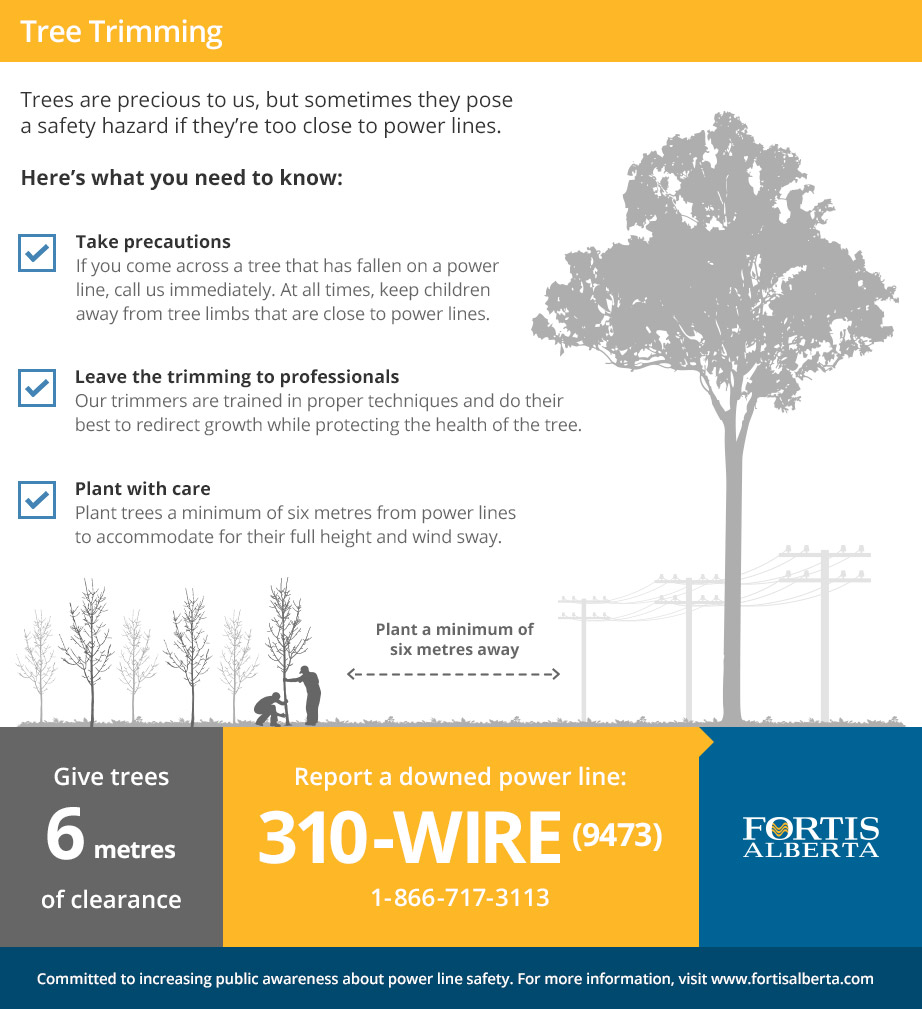Ideas That Suggest Tree Removal: Exactly How To Area Hazardous Trees
Ideas That Suggest Tree Removal: Exactly How To Area Hazardous Trees
Blog Article
Content Writer-Reid Aagaard
When it pertains to tree treatment, identifying the signs that it's time for removal is necessary for your security and property. You may discover discolored fallen leaves, wilting branches, or odd fungal growths suggesting illness. Architectural concerns, like a significant lean or cracks in the trunk, can likewise present threats. Understanding these indication can help you make informed decisions concerning your trees and prevent potential threats hiding in your backyard. What should you try to find following?
Indicators of Decay and Condition
When you observe indicators of degeneration and illness in your trees, it's important to act swiftly. Seek tarnished leaves, wilting branches, or uncommon developments like fungus. These can show that your tree is battling.
If you see splits in the bark or soft, mushy timber, these signs and symptoms recommend internal degeneration. Additionally, When To Prune Lemon Trees? in pests around your tree can indicate that it's damaged and vulnerable.
Check for any type of dead or passing away limbs, as they pose a risk to your building and safety. If you're uncertain concerning what you see, consulting an arborist can supply clearness.
Resolving these indicators early can save you from more extensive damage and make sure the health of your backyard. Don't wait until it's too late.
Structural Instability and Leaning
As you observe your trees, watch out for any type of indicators of architectural instability or leaning. If a tree leans considerably, it may show that the origin system is endangered.
Search for any fractures in the trunk or soil around the base; these can signify possible failure. Furthermore, check for uncommon development patterns, like a lopsided crown, which might recommend that the tree is having a hard time to hold itself upright.
If Logger For Free Tree Removal see that the tree favors your home, high-voltage line, or various other structures, it presents a greater threat. Do not disregard these signs-- speak with an arborist to evaluate the scenario.
Acting early can stop expensive damage and guarantee your safety and security.
Dead or Dying Branches and Foliage
If you see dead or passing away branches and vegetation on your tree, it's a clear indication that something's wrong.
These unhealthy locations can suggest underlying concerns like disease, bug problems, or ecological stress. When branches lose their leaves or turn brownish, they're no more contributing to the tree's health. Ignoring these signs could result in further decline, making your tree much more unsafe.
Dead branches can quickly break off during tornados, presenting a threat to building and people close by. It's crucial to evaluate the level of the damage.
If the problem affects a substantial part of the tree, take into consideration seeking advice from an expert. They can assist determine if removal is essential to ensure security and preserve the appeal of your landscape.
Conclusion
If you observe any type of indicators of degeneration, architectural instability, or dead branches on your trees, do not disregard them. These signs can posture major safety and security risks to you and your building. It's always best to consult a professional arborist who can offer an expert assessment of your trees. Taking action early can protect against crashes and expensive damages, ensuring your landscape remains risk-free and healthy. Bear in mind, it's better to be aggressive about tree treatment than to wait on a disaster to occur.
